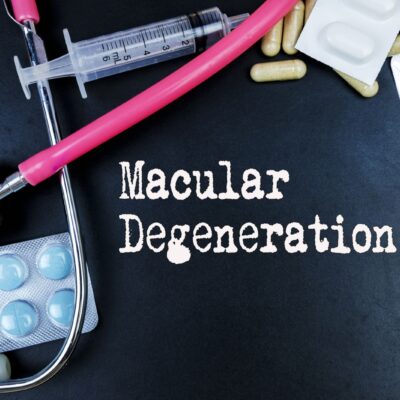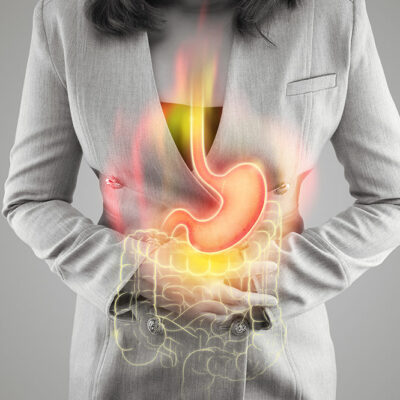
Health
How to Clear a Stuffy Nose and Congestion: Tips for Relief
Dealing with a stuffy nose can be downright annoying, especially when it feels like a never-ending battle. Whether it’s due to a cold, allergies, or the flu, finding effective relief is key. Knowing the cold flu causes behind your congestion can also help tailor the right approach for relief. Stuffy nose and congestion caused by flu or cold can be treated with over-the-counter (OTC) medications like Sudafed (pseudoephedrine) and Afrin (oxymetazoline nasal spray) to reduce nasal swelling. Antihistamines such as Zyrtec (cetirizine) or Claritin (loratadine) can help if allergies contribute to congestion. Saline nasal sprays or rinses provide relief by clearing mucus and moisturizing nasal passages. For severe cases, prescription nasal sprays like Flonase (fluticasone) or Nasonex (mometasone) may be recommended. Let’s dive into some practical and effective tips to help you breathe easier. 1. Stay hydrated Drinking plenty of fluids is a simple yet effective way to combat nasal congestion. Water, herbal teas, and clear broths can help thin the mucus in your nasal passages, making it easier to clear out. Staying hydrated also helps keep your throat moist, which can soothe any irritation caused by post-nasal drip. Aim for at least eight glasses of water a day to keep your system running smoothly.
Read More 














